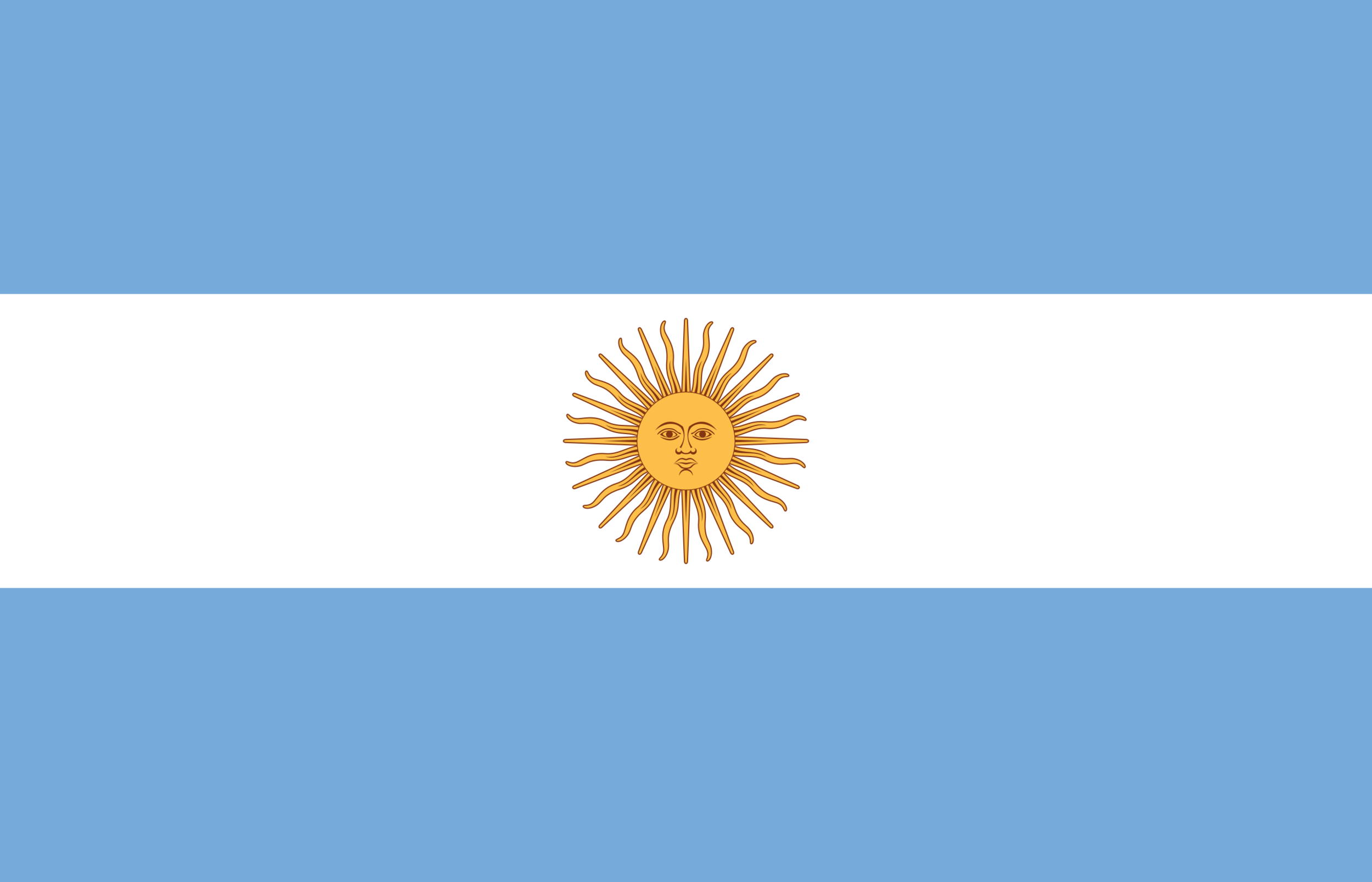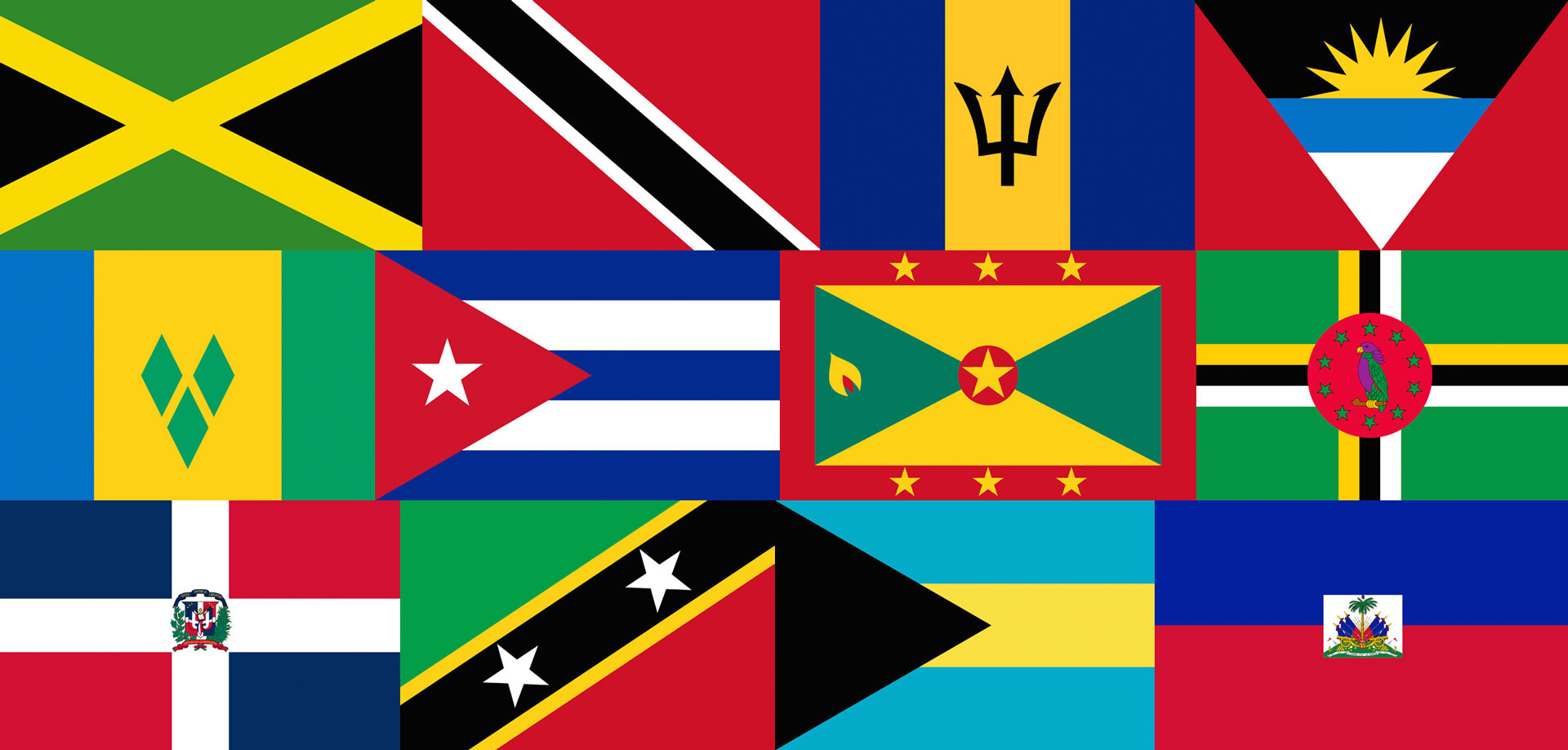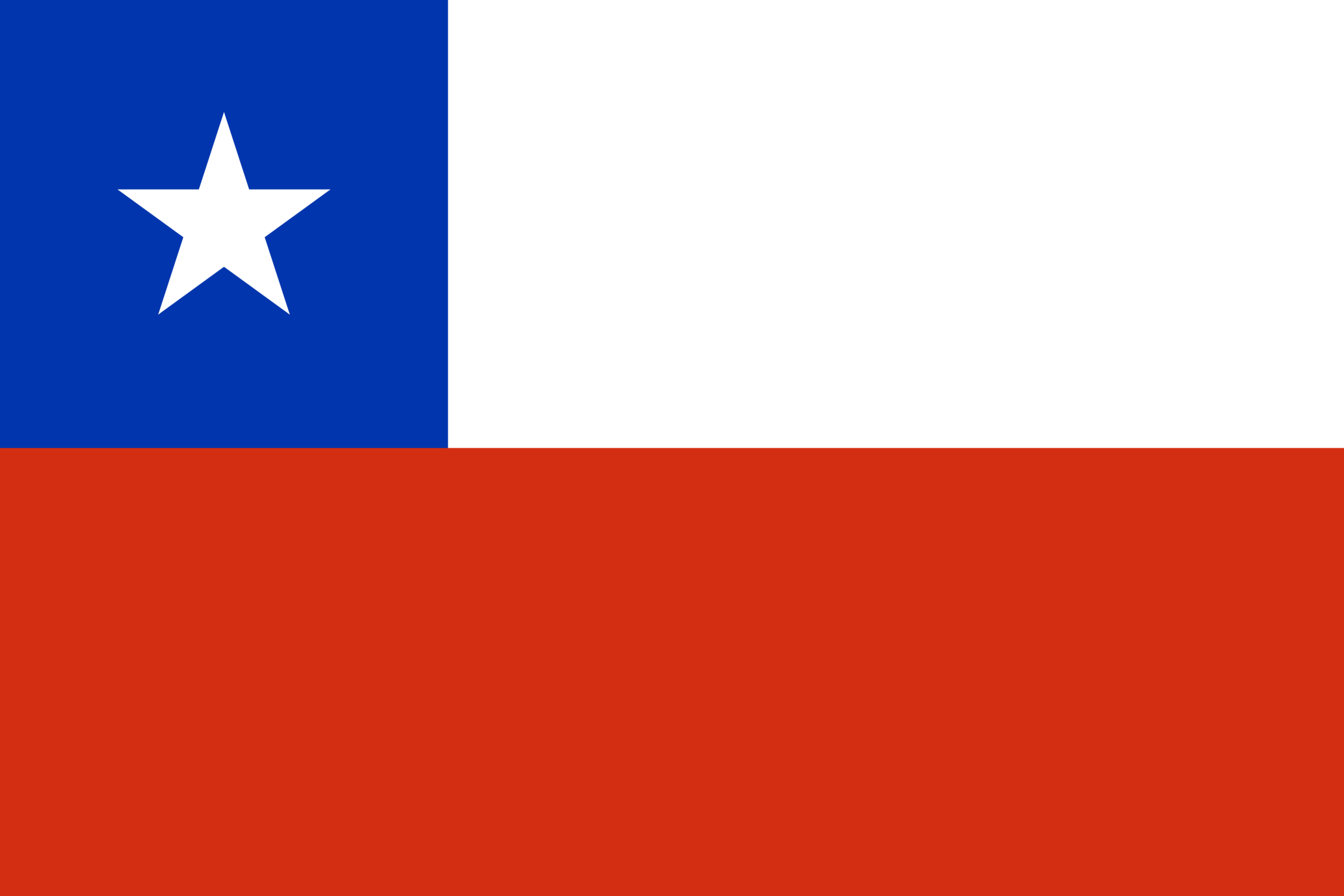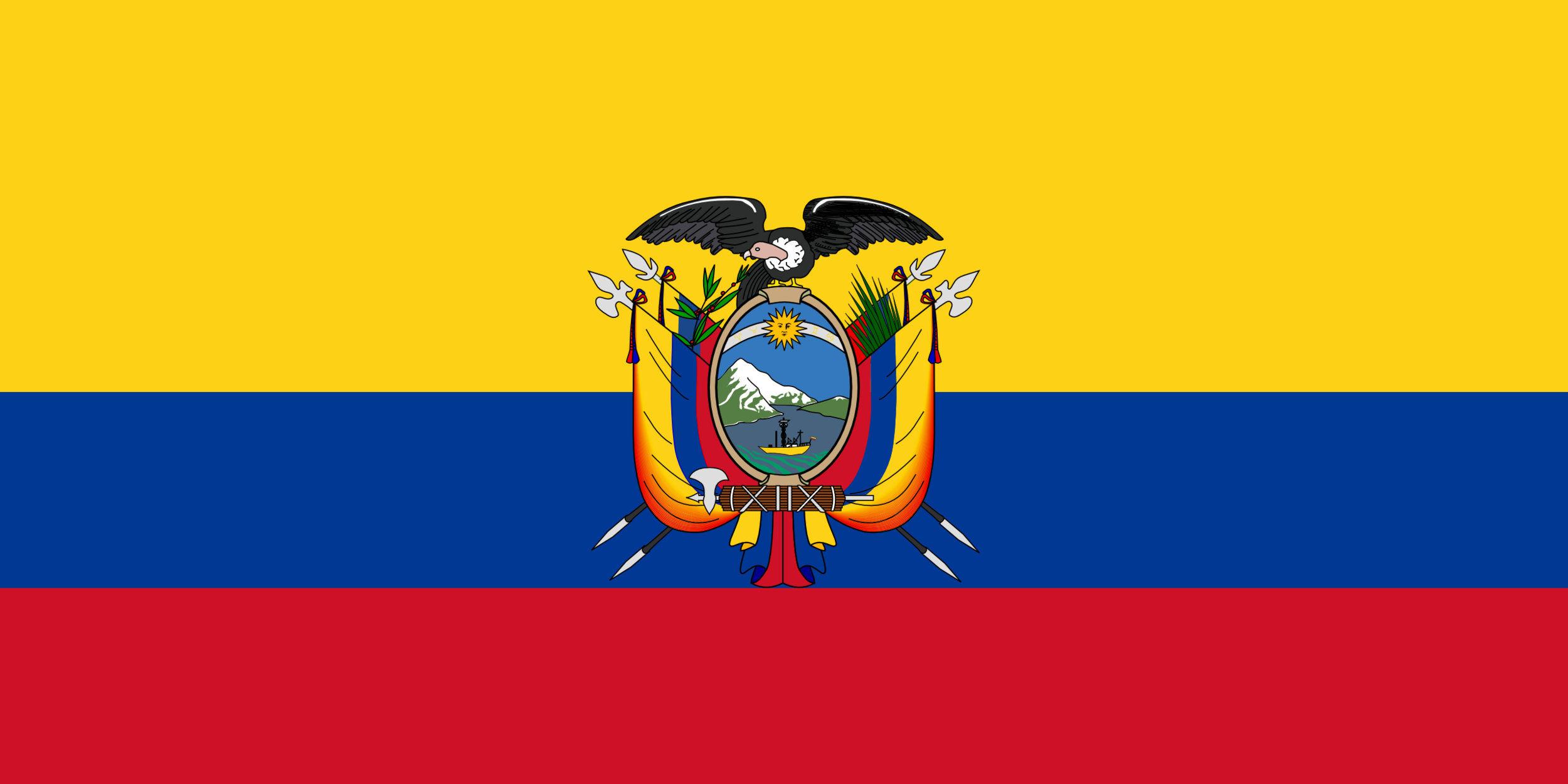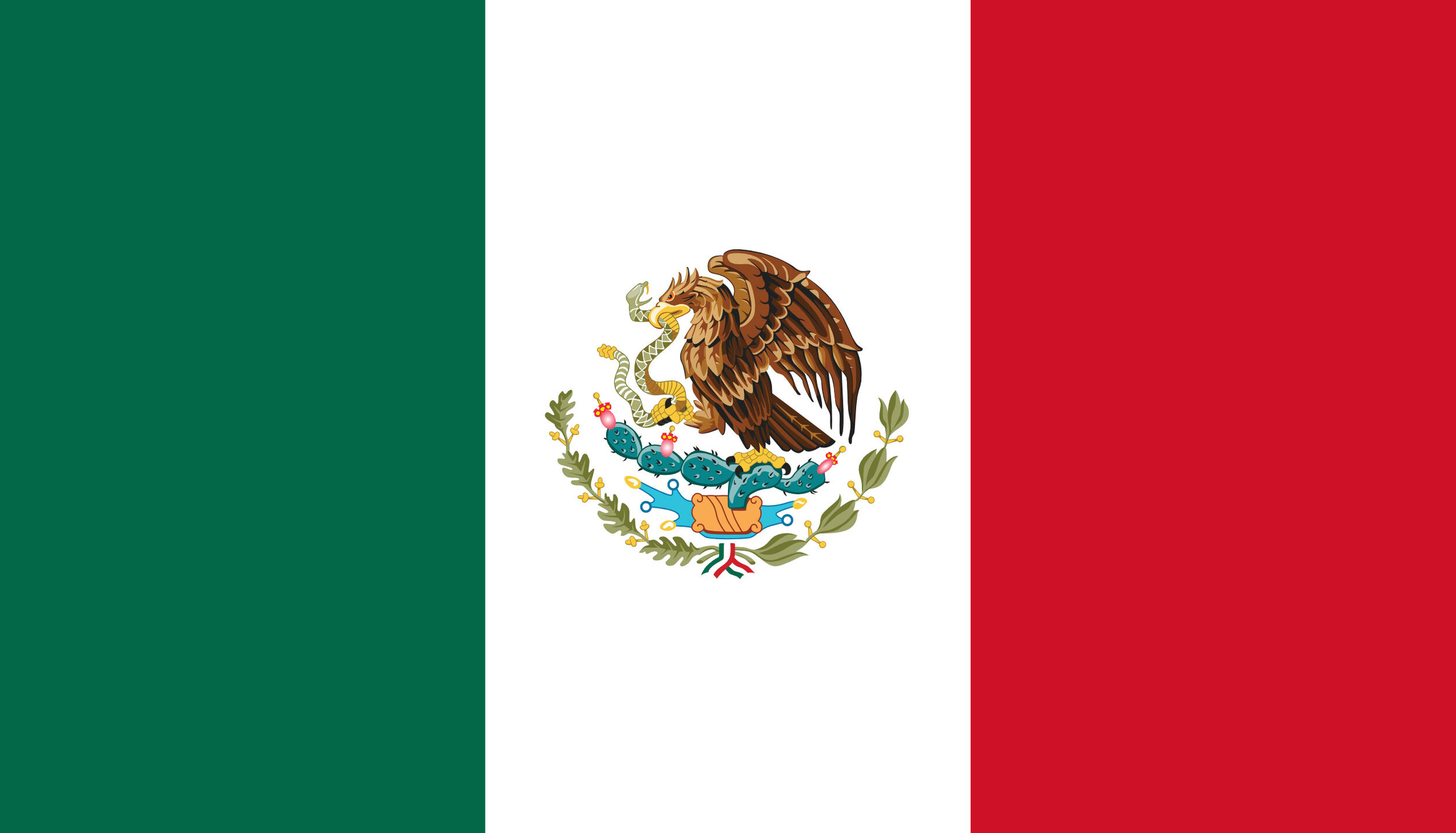Bamboo Species of Colombia
8 genera, 80 species
Colombia has the second highest woody bamboo diversity in Latin America. At present, 8 genera and 80 species are reported, with 24 species being endemic and at least 12 species remaining to be described.
The Andean region has the largest quantity and greatest diversity of woody species (89%) and the Eastern Cordillera is the richest with 55% of all woody bamboos reported until now. About 60% of the woody species are found from 2,000 to 3,500m altitude.
The Colombian departments (states) with the highest woody bamboo diversity are Norte de Santander, Cundinamarca, Cauca, Valle del Cauca, Antioquia, Huila, Nariño and Quindío. The majority of species belong to Chusquea genus (30%), with the rest of the species belonging to the genera Arthrostylidium, Aulonemia, Elytrostachys, Merostachys, Neurolepis, Rhipidocladum, Guadua and Otatea.
Native Bamboo Species of Colombia
| Species | Diameter | Height |
|---|---|---|
| Arthrostylidium auriculatum | ∅ 3 mm | ⇑ 4 m |
| Arthrostylidium chiribiquetensis | ||
| Arthrostylidium ecuadorense | ∅ 2,5 mm | ⇑ 6 m |
| Arthrostylidium pubescens | ∅ 25 mm | ⇑ 15 m |
| Arthrostylidium punctulatum | ∅ 10 mm | ⇑ 7 m |
| Arthrostylidium simpliciusculum | ∅ 10 mm | ⇑ 12 m |
| Arthrostylidium venezuelae | ∅ 30 mm | ⇑ 10 m |
| Arthrostylidium virolinensis | ∅ 3 mm | ⇑ 3 m |
| Arthrostylidium youngianum | ∅ 15 mm | ⇑ 12 m |
| Aulonemia bogotensis | ∅ 2,5 mm | ⇑ 1 m |
| Aulonemia patula | ∅ 15 mm | ⇑ 5 m |
| Aulonemia pumila | ∅ 3 mm | ⇑ 1 m |
| Aulonemia queko | ∅ 30 mm | ⇑ 15 m |
| Aulonemia robusta | ∅ 25 mm | ⇑ 4 m |
| Aulonemia trianae | ||
| Chusquea albilanata | ∅ 15 mm | ⇑ 5 m |
| Chusquea angustifolia | ∅ 5 mm | ⇑ 1 m |
| Chusquea antioquensis | ∅ 55 mm | ⇑ 15 m |
| Chusquea arachniformis | ∅ 5 mm | ⇑ 3 m |
| Chusquea aristata | ∅ 10 mm | ⇑ 3 m |
| Chusquea clarkiae | ||
| Chusquea dombeyana | ∅ 5 mm | ⇑ 4 m |
| Chusquea fimbriligulata | ∅ 18 mm | ⇑ 6 m |
| Chusquea glomerata | ∅ 8 mm | ⇑ 1,5 m |
| Chusquea grandiflora | ⇑ 18 m | |
| Chusquea latifolia | ∅ 15 mm | ⇑ 4 m |
| Chusquea lehmannii | ∅ 45 mm | ⇑ 6m |
| Chusquea ligulata | ||
| Chusquea londoniae | ∅ 20 mm | ⇑ 9 m |
| Chusquea longiprophylla | ∅ 15 mm | ⇑ 10 m |
| Chusquea maculata | ∅ 30 mm | ⇑ 12 m |
| Chusquea mollis | ⇑ 4,5 m | |
| Chusquea nobilis | ⇑ 3 m | |
| Chusquea pallida | ⇑ 9 m | |
| Chusquea petiolata | ∅ 15 mm | ⇑ 4 m |
| Chusquea purdieana | ||
| Chusquea scandens | ∅ 25 mm | ⇑ 6 m |
| Chusquea serpens | ∅ 10 mm | ⇑ 20 m |
| Chusquea serrulata | ||
| Chusquea silverstonei | ∅ 4 mm | ⇑ 2 m |
| Chusquea simpliciflora | ∅ 10 mm | ⇑ 25 m |
| Chusquea sneidernii | ∅ 40 mm | ⇑ 16 m |
| Chusquea spadicea | ||
| Chusquea spathacea | ∅ 10 mm | ⇑ 6 m |
| Chusquea spectabilis | ⇑ 8 m | |
| Chusquea spencei | ∅ 40 mm | ⇑ 6 m |
| Chusquea stuebelii | ⇑ 4 m | |
| Chusquea subulata | ∅ 80 mm | ⇑ 10 m |
| Chusquea tessellata | ∅ 10 mm | ⇑ 3 m |
| Chusquea tuberculosa | ∅ 7 mm | |
| Chusquea uniflora | ∅ 25 mm | ⇑ 6 m |
| Elytrostachys clavigera | ∅ 40 mm | |
| Elytrostachys typical | ∅ 40 mm | ⇑ 10 m |
| Guadua amplexifolia | ∅ 100 mm | ⇑ 20 m |
| Guadua angustifolia | ∅ 150 mm | ⇑ 30 m |
| Guadua angustifolia var. bicolor | ∅ 120 mm | ⇑ 18 m |
| Guadua angustifolia var. nigra | ||
| Guadua glomerata | ∅ 45 mm | ⇑ 12 m |
| Guadua incana | ∅ 90 mm | ⇑ 18 m |
| Guadua macrospiculata | ∅ 40 mm | ⇑ 15 m |
| Guadua paniculata | ∅ 70 mm | ⇑ 10 m |
| Guadua superba | ∅ 150 mm | ⇑ 20 m |
| Guadua uncinata | ∅ 60 mm | ⇑ 8 m |
| Guadua weberbaueri | ∅ 60 mm | ⇑ 18 m |
| Neurolepis acuminatissima | ||
| Neurolepis aperta | ||
| Neurolepis aristata | ∅ 10 mm | ⇑ 3 m |
| Neurolepis mollis | ⇑ 4,5 m | |
| Neurolepis nobilis | ||
| Neurolepis petiolata | ∅ 15 mm | ⇑ 2 m |
| Neurolepis silverstonei | ∅ 4 mm | ⇑ 2 m |
| Neurolepis stuebelii | ||
| Otatea fimbriata | ||
| Rhipidocladum abregoensis | ∅ 5 mm | ⇑ 8 m |
| Rhipidocladum angustiflorum | ||
| Rhipidocladum geminatum | ∅ 25 mm | ⇑ 10 m |
| Rhipidocladum harmonicum | ∅ 60 mm | ⇑ 20 m |
| Rhipidocladum longispiculatum | ∅ 60 mm | ⇑ 15 m |
| Rhipidocladum parviflorum | ||
| Rhipidocladum racemiflorum | ∅ 10 mm | ⇑ 15 m |
Colombia is one of the few countries in Latin America where bamboo plays a notable role in the local economy and traditional culture. The genera Aulonemia, Chusquea, Elytrostachys, Guadua and Rhipidocladum include several species that are used by various native and rural mestizo communities to satisfy basic necessities.
Even though only Guadua angustifolia has real economic value, Colombia has a rich culture and history regarding the processing and utilization of bamboo poles. There are population inventories as well as significant research on management, production, marketing and industrial uses for Guadua angustifolia. The impact of the rest of the species on the local economy is minimal. These are utilized only by people close to the source.
Colombia’s area of Guadua forests is estimated at 51,500 ha, of which 46,261 ha has natural forests and 5,260 ha cultivated ones. The total area of natural Guadua forest in the four central-western departments represents 44% of the national total, with 75% of the Guadua stands between 0.4 and 10 ha in size. Only 16-20% of this area has proper management.
With an average production of 1,000 culms/ha/year, the total Guadua culm production for the four central-western departments can be calculated to be 20.3 million of green culms per year, equivalent to 911,745 ton/year in green conditions (45 T-m/ha).
Source: INBAR



